|
Whether you are training top level athletes or the average soccer mom, chances are that knee pain has been an issue in some way, shape or form. Now the majority prefer to take it easy and not train while sorting out an injury. And depending on the injury that makes perfect sense. If you tore your ACL and MCL last week, I don’t plan on seeing you next week! But the majority with little nagging issues would be best suited to continue some form of training depending on the severity of the injury. Always consult with your medical team beforehand to figure out what is actually going on in your knee. If the team gives you the ok to continue training then here are some ideas about how to still get a great training session when managing knee pain. 1. REDUCE THE AMOUNT OF CONTINUOUS FLEXION AT THE KNEE. Depending on what exacerbates the knee pain, reducing the amount of flexion (bend) at the knee could greatly reduce the level of pain. Avoid knee dominant exercises such as squats and lunges. Stick with hip dominant movements that focus on keeping the hips high. Exercises such as double or single leg Romanian deadlifts, lateral mini-band walks and supine bridge variations could all work. Below I am performing a single leg Romanian deadlift with the assistance of a TRX. 2. FOCUS ON THE CORE. If there is a need to reduce the amount of volume in one area, focus on something else for the time being. The core can be trained from multiple angles and recovers quicker than larger muscles groups. 3. FOCUS ON UPPERBODY PUSHING AND PULLING. To somewhat piggy back on the previous point, focusing on the “real” core is also another option. The core has been said to be what lies between the shoulders and hips, which leaves a lot of room for pushing and pulling. Pushing does usually get a ton of focus from many programs, but there is usually room for improvement with the amount of pulling. Throw in some more rowing and chin up variations. 4. FOCUS ON THE HEALTHY KNEE. If there is still one healthy knee I suggest single leg variations such as step ups, single leg squats and single leg deadlift variations, all of which can be regressed to meet the needs of the athlete. Below I am performing a single leg squat with the assistance of a TRX. It goes without saying, but I am going to say it anyways. Consideration of the actual injury has to be taken before trying any of these recommendations. The training program will be based on the diagnosed injury and the results of the analysis. If there is pain during an exercise it should not be included in the training program.
0 Comments
How many athletes are required to perform a movement analysis before starting a performance training program? My guess is that most athletes are not. Let me ask another question. What happens when an athlete is asked to perform a back squat or any movement for that matter, which is dysfunctional in nature due to their physical limitations? Strength is added to that dysfunctional movement pattern, it is not added to the true functional movement pattern. I’m going to continue to use the squat as my main example because it is probably the most common exercise used in most high schools. The squat is an amazing exercise for building strength, but when it is performed before athletes are ready for the movement bad things can happen. Below are some pictures that illustrate what an improper squat pattern looks like. These faulty squat patterns could be due to an array of reasons, some of which include short/weak hip flexors, imbalance of core musculature, excessive pelvic tilt, limitations with ankle mobility, weak glutes, etc. A complete movement analysis must be done to understand the complexity of these dysfunctional squat patterns. All of the above pictures demonstrate a faulty squat pattern that needs some cleaning up. Below is a picture of a squat pattern that is ready to be loaded with external resistance. If you are not performing a movement analysis of some sorts you are doing a disservice to your athletes. It is literally the foundation of any worthwhile performance training program.
The anterior cruciate ligament, better known as the ACL, has become a huge focal point when discussing how to reduce injuries in the athletic population. It is reported that there are an estimated 150,000 ACL-related injuries a year occurring in the United States. (1) The chances of this injury occurring do increase when certain sports are played, such as football, basketball, soccer and skiing. With that being said, 70% of ACL tears are non-contact injuries that might be preventable. (1) How do we make it a focal point then to reduce these injuries from happening in the athletic population? The answer is to have a well-rounded strength and conditioning program. There are five key attributes that will be included in a properly designed ACL prevention training program.
First, the exercises performed will be closed chain, compound, and multi-joint movements. This means that exercises are performed with the feet on the floor. The exercise selection will include Olympic lifts, power lifts and single leg exercise variations. These exercises are not the starting point, but it is the goal to reach this level. No one is going to be doing leg extensions on this program! Second, the anterior and posterior chain should be trained evenly. This refers to training the front and back on the lower body. Too many times we focus on the “mirror” muscles and forget about what is on the backside, even though that is the most important part. Make sure to include single leg deadlift variations, rack pulls, cable pull-throughs, and slideboard bridge variations. Third, single leg exercises will be part of all training sessions. This one is definitely important seeing that I have already mentioned it in the previous points. When you are playing sports you are ALWAYS on one leg, unless you are standing watching the grass grow. Sure there are some exceptions, but you get my point. Training has to involve being on one leg because that is how sports are played. There is huge selection of lunge variations, single leg squat and deadlift variations and plyometric and speed drills. Fourth, proper mobility in the hips and ankles will spear additional force being applied to the knees. If the hips and ankles do not move properly the stress will be applied to another part of the body and in this case it’s the knees. Make sure to include some mobility work if these areas are an issue. Single leg lowering and three way ankle mobility are two great options. Fifth, perform the exercises with full range of motion and proper biomechanics. This goes along with point number four. Once you have perfected your mobility, your range of motion should be fine as long as you continue to go through a full range of motion when performing each exercise. It’s just like your car, if you do not have sound mechanics something is going to break. There are five great ways to reduce ACL injuries from taking place. Make sure to check our video section for these exercises and mobility drills that will be posted soon. 1. www.sportsmed.org |
Archives
July 2024
Categories
All
|
Proudly powered by Weebly

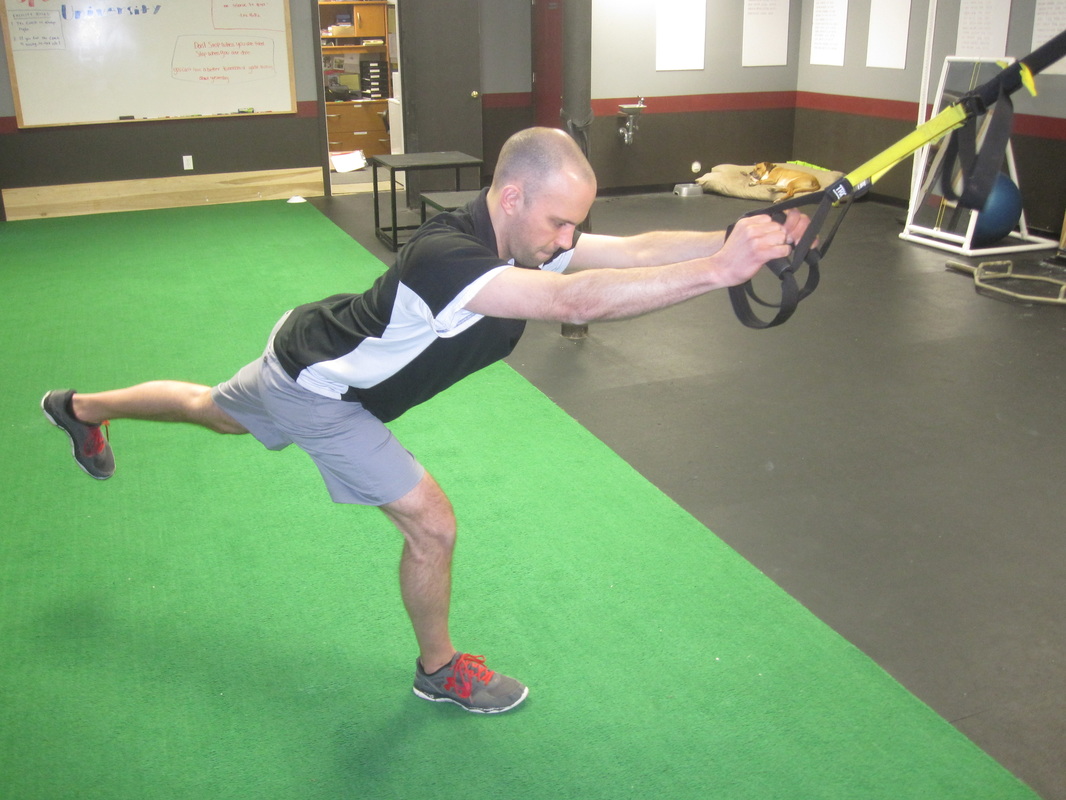
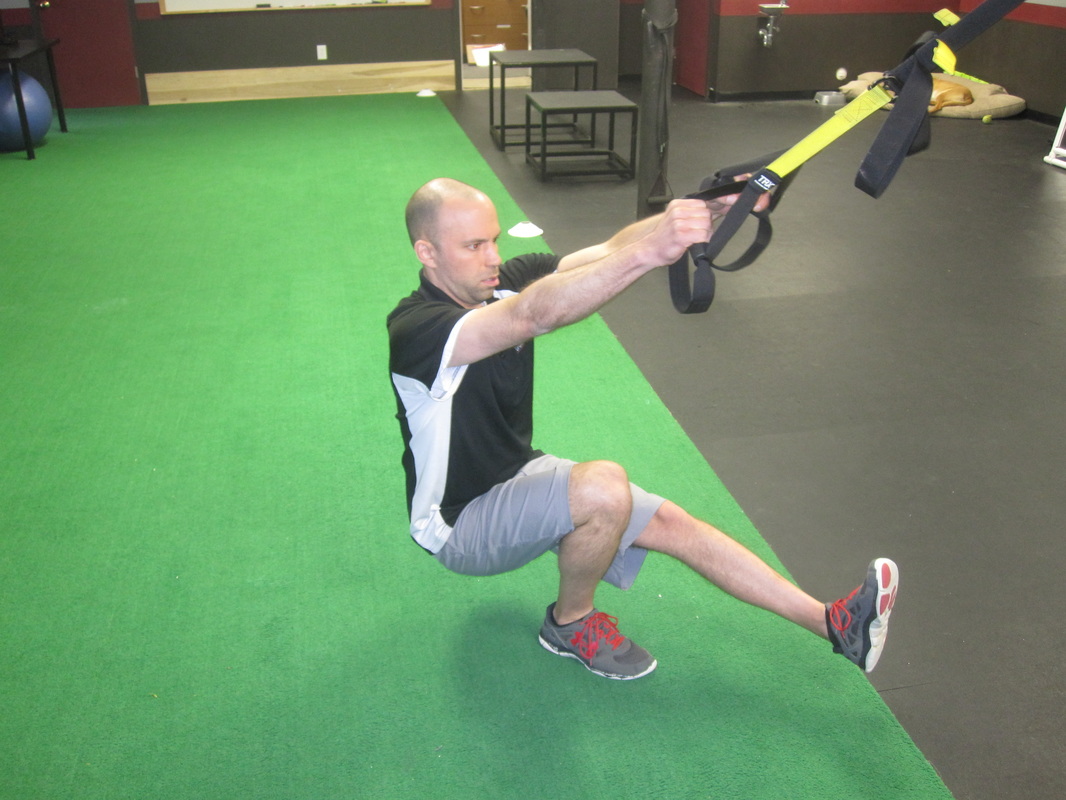
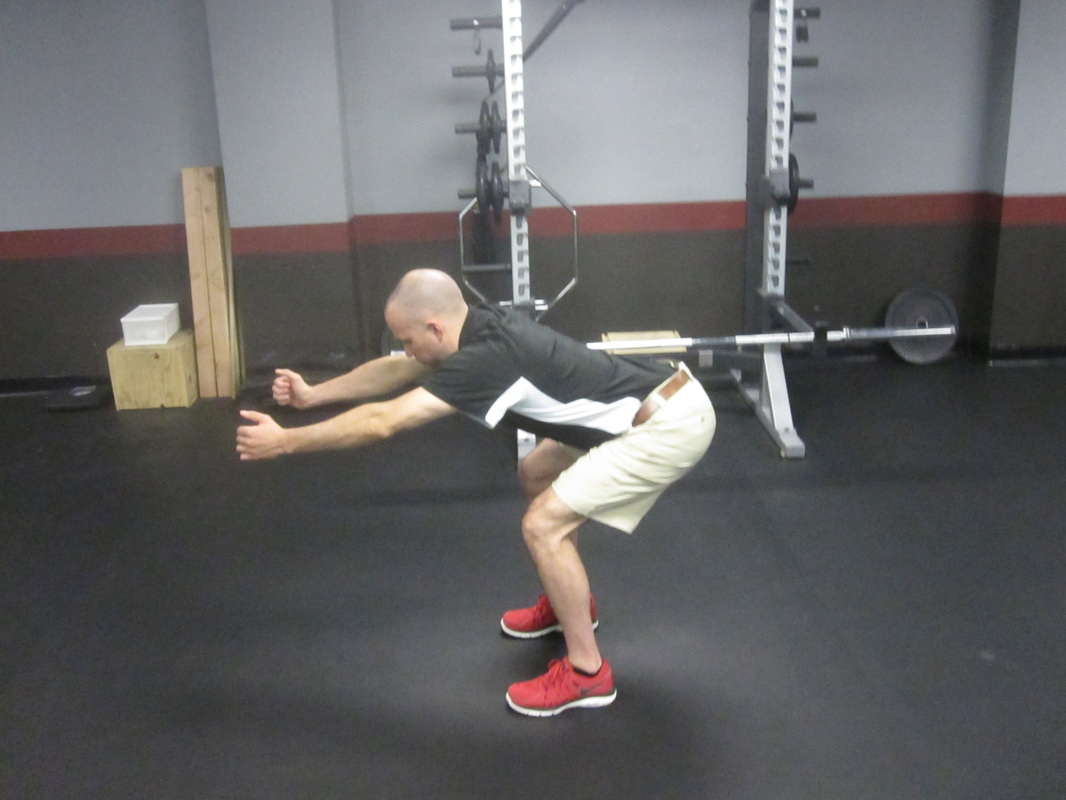
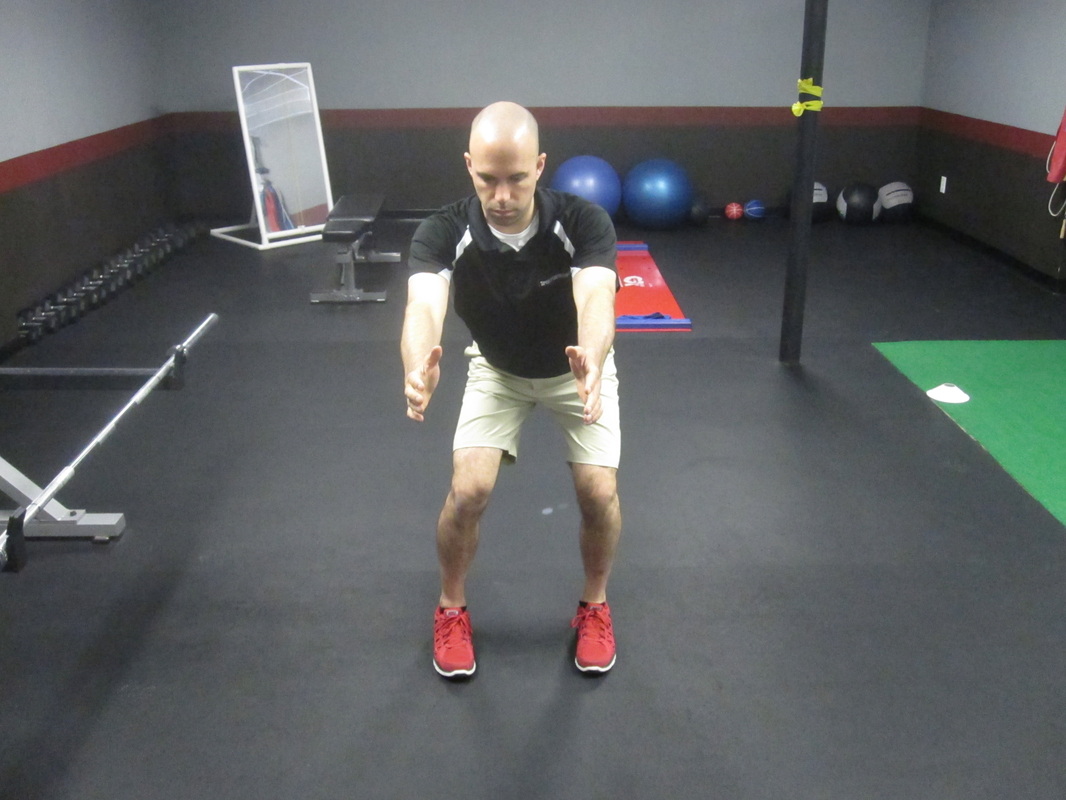
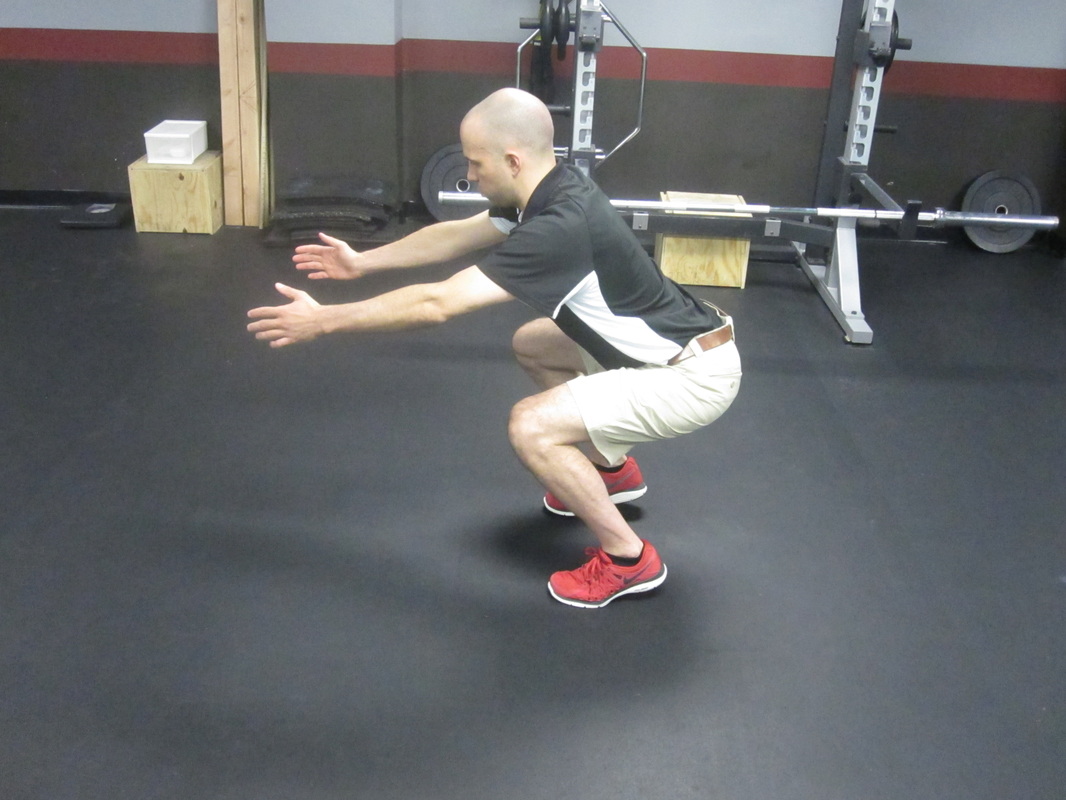
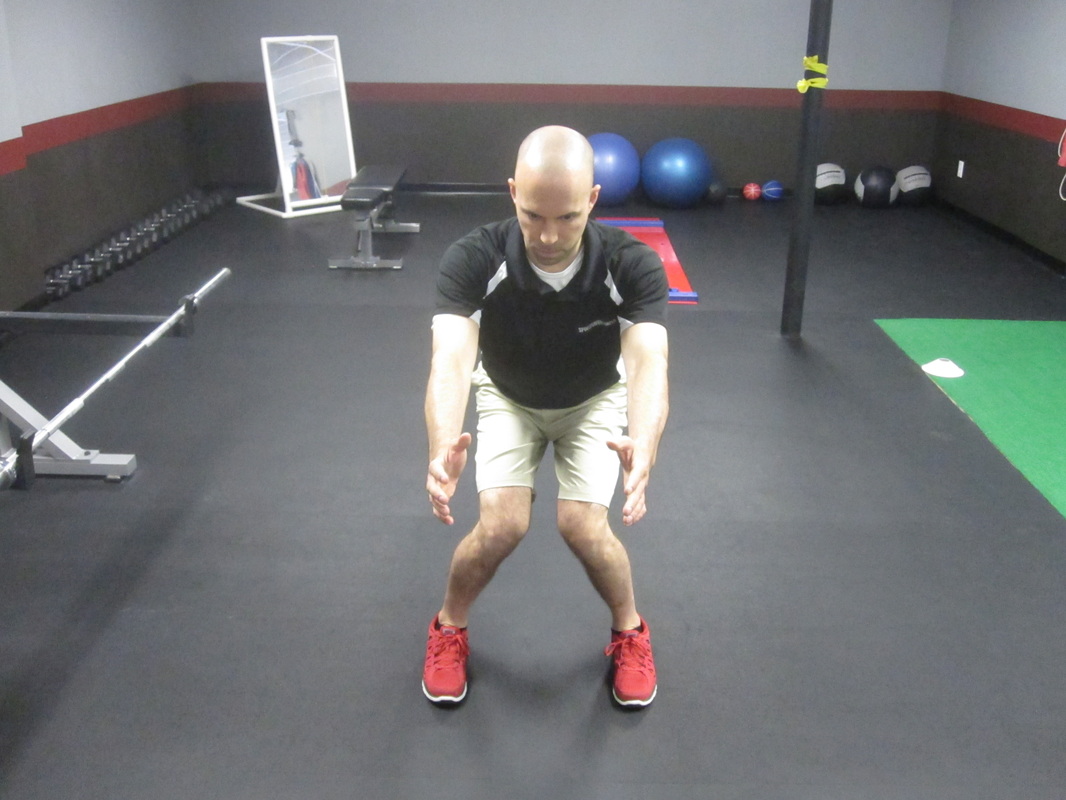
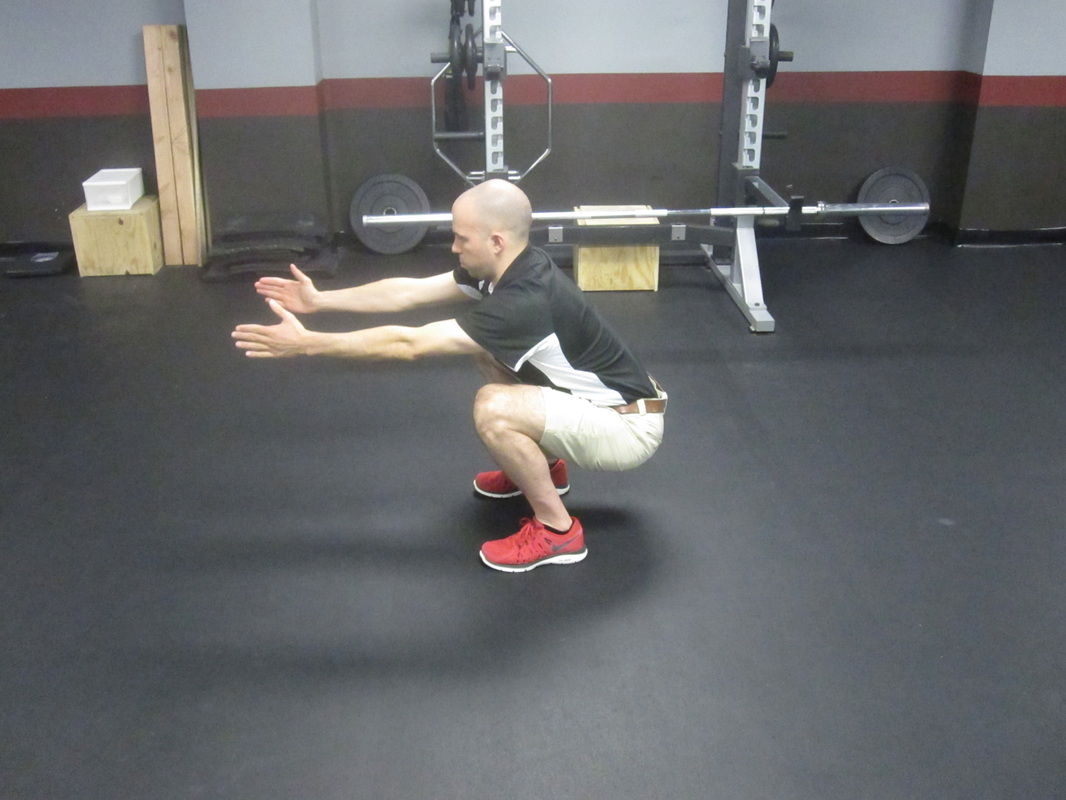
 RSS Feed
RSS Feed